In 1974 sociologist Robert Martinson argued that nothing works. This led to less focus on rehabilitation in the USA, and more focus on punishment. Being from Europe, I was always surprised to hear American judges talk about “punishments” when referring to sentences. Shouldn’t prisons be about rehabilitation?
If, like me, you’re a fan of Karl Pilkington’s Idiot Abroad, you may have seen him get a massage from prisoners while he was in Thailand. He didn’t seem to agree that the prison should be a rehabilitation center. I’ve always believed in rehabilitation, and that something, rather than nothing, works so I had to go and see for myself how well a rehabilitation program works in practice.
Unlike Pilkington, we didn’t have to go all the way to the correctional facility itself. There is a training center set up within Chiang Mai where you can get one of these massages. It is extremely popular, so you have to get there early in order to get a booking. During peak seasons there will be a huge queue. Thankfully we were visiting Thailand in the middle of rainy season so we didn’t have to wait too long.
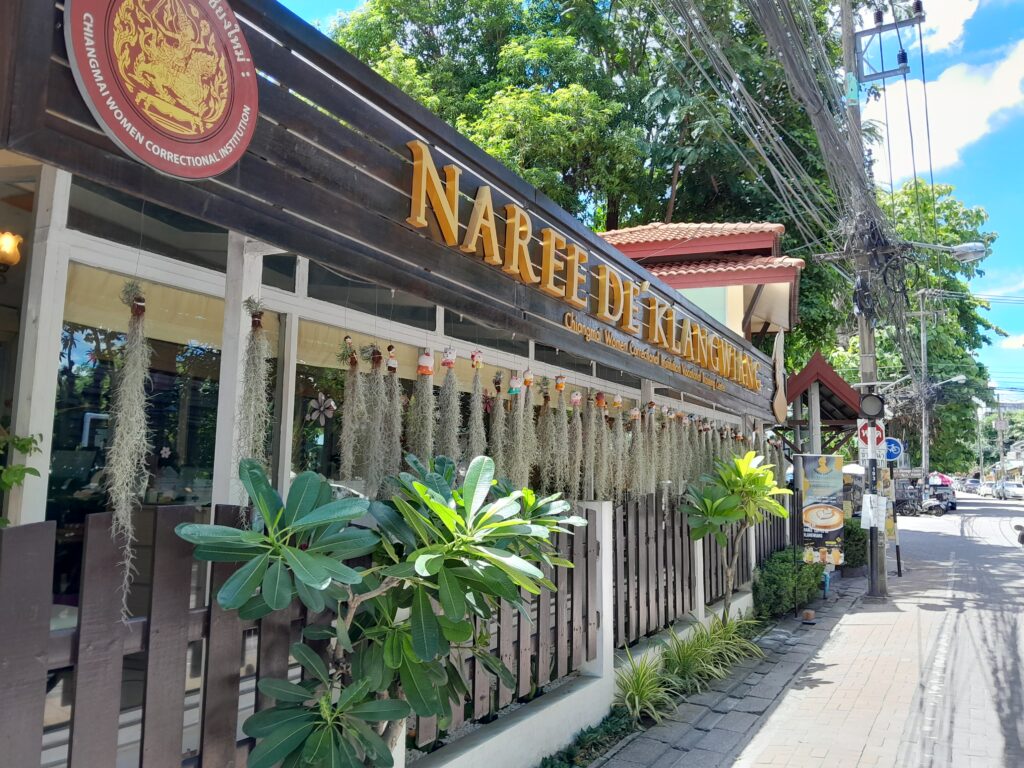
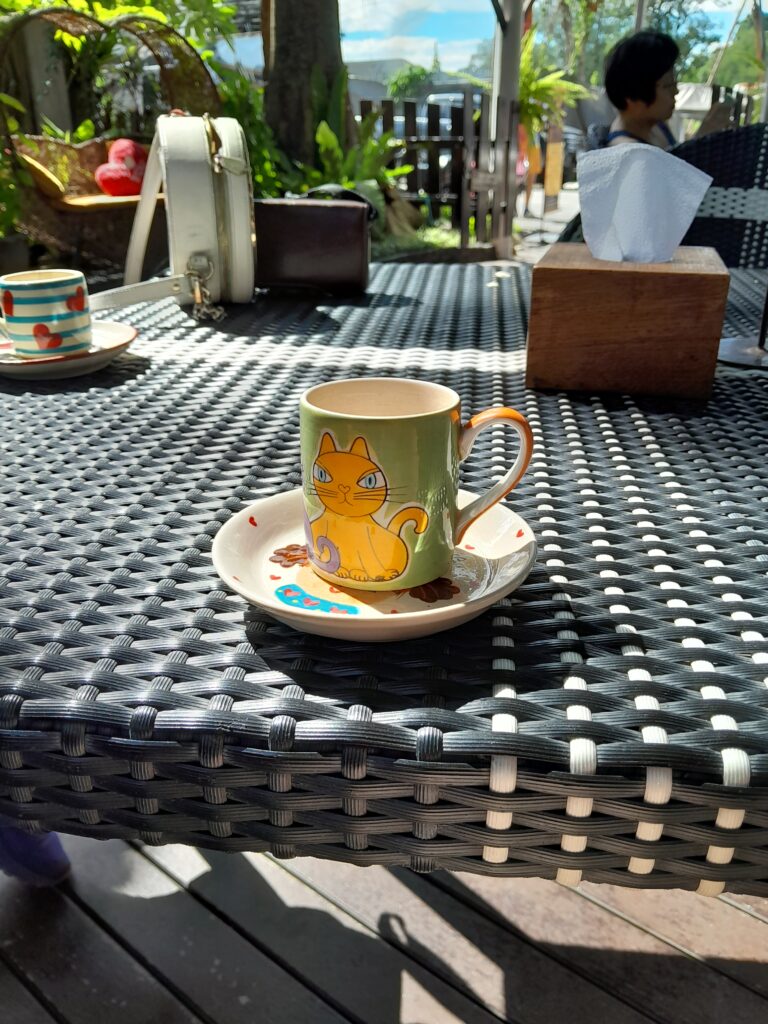
While waiting for our appointment we explored temples around the city, and I noticed several other places offering a “prison massage”. Outside the training center there was a sign saying they weren’t a chain – the other places offering these kind of massages are fake.
When we returned to the training center we were given tea while we waited. Once inside, we stripped down and put on the clothes they gave us to get ready for our massage. For obvious reasons, we weren’t allowed to take pictures inside.
The massage room was a large open area with many massage beds lining it. We were taken to one of the masseuses and given a full body massage. I’m not usually someone who gets massages so it was a new experience for me. There were definitely times I was questioning what benefit this was giving me, especially in the more painful moments. I suppose I’m a bit like Karl Pilkington that way.
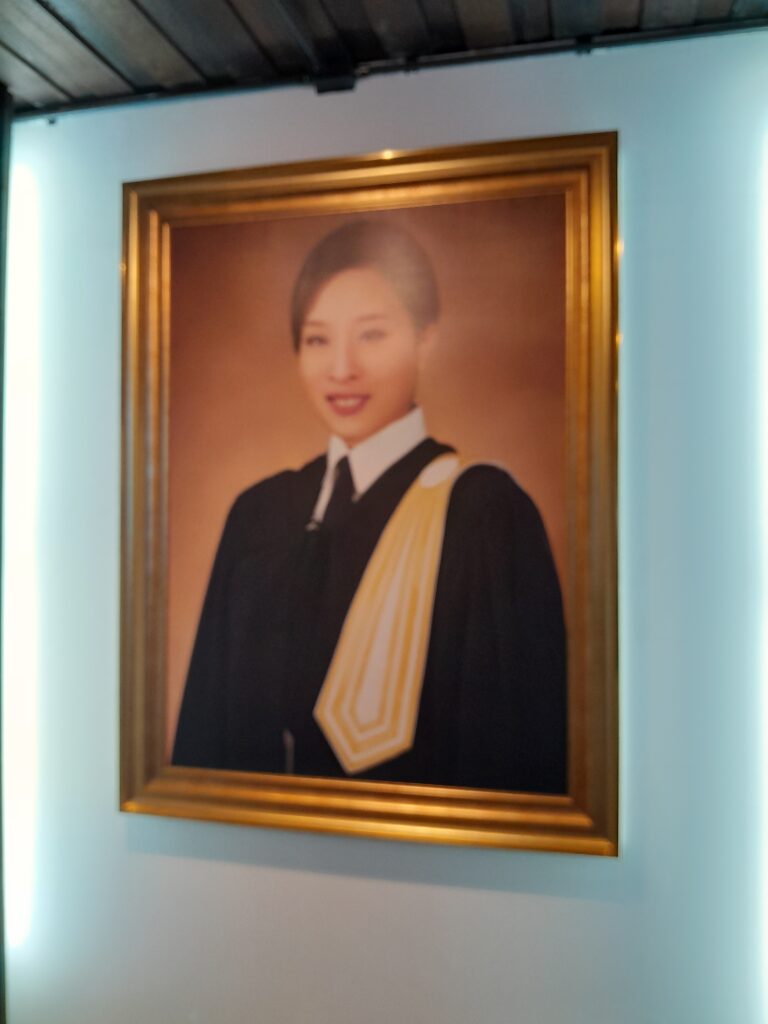
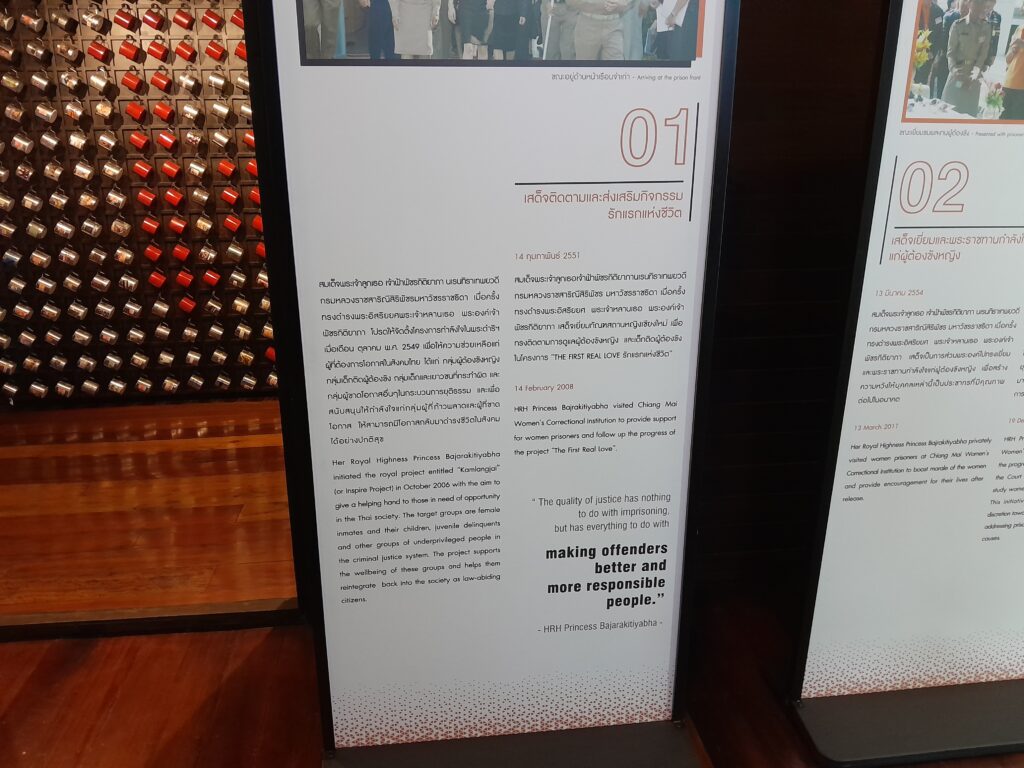
The women are still in training so some masseuses are likely better than others. I wondered if they were getting paid for their work, or if the payment went straight into the program. Their compensation would be having a new skill they can use after they get out.
I asked why they chose to do the program. For them, getting to come into the city for a day and meeting new people was a step toward freedom. There are no bars or locks on the doors here. The people here are close to release, so the need to prevent escape is minimal. I don’t even remember seeing any police around.
After the massage we were asked to rate our masseuse and were also given the option to tip them. Again I wondered where exactly the money went. The USA has been criticised for using prisoners for free labour, which some argue is effectively “bringing back slavery”. But here, at least, the goal is towards giving people a better life once they get out of the system. So they don’t have to come back.
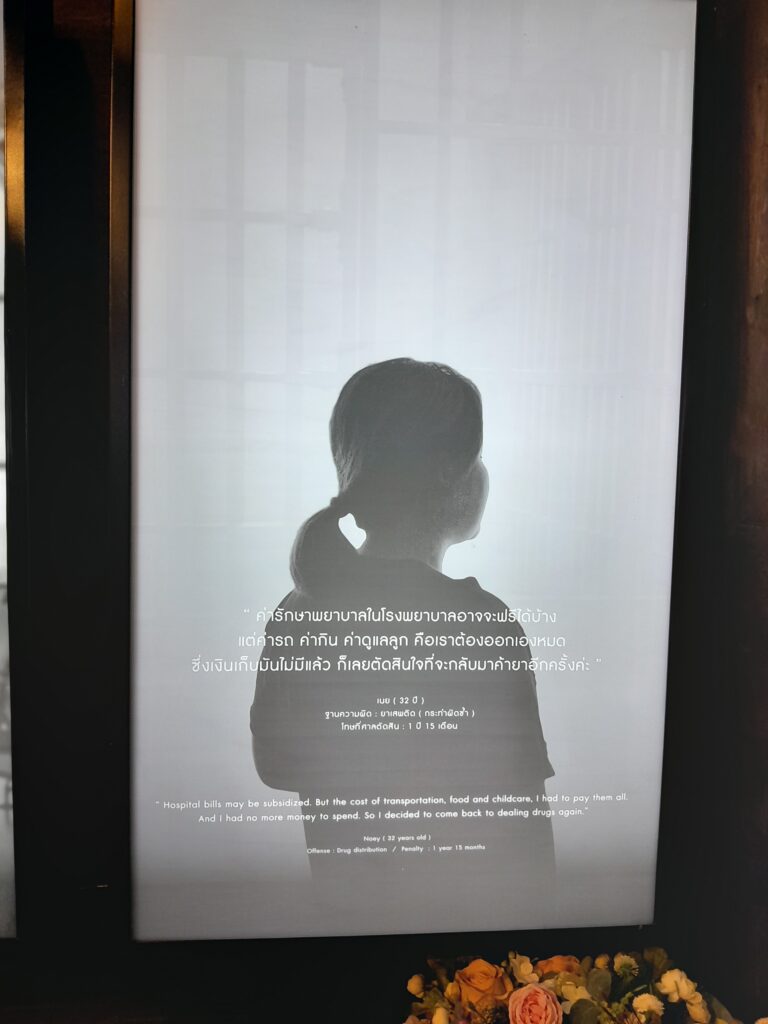
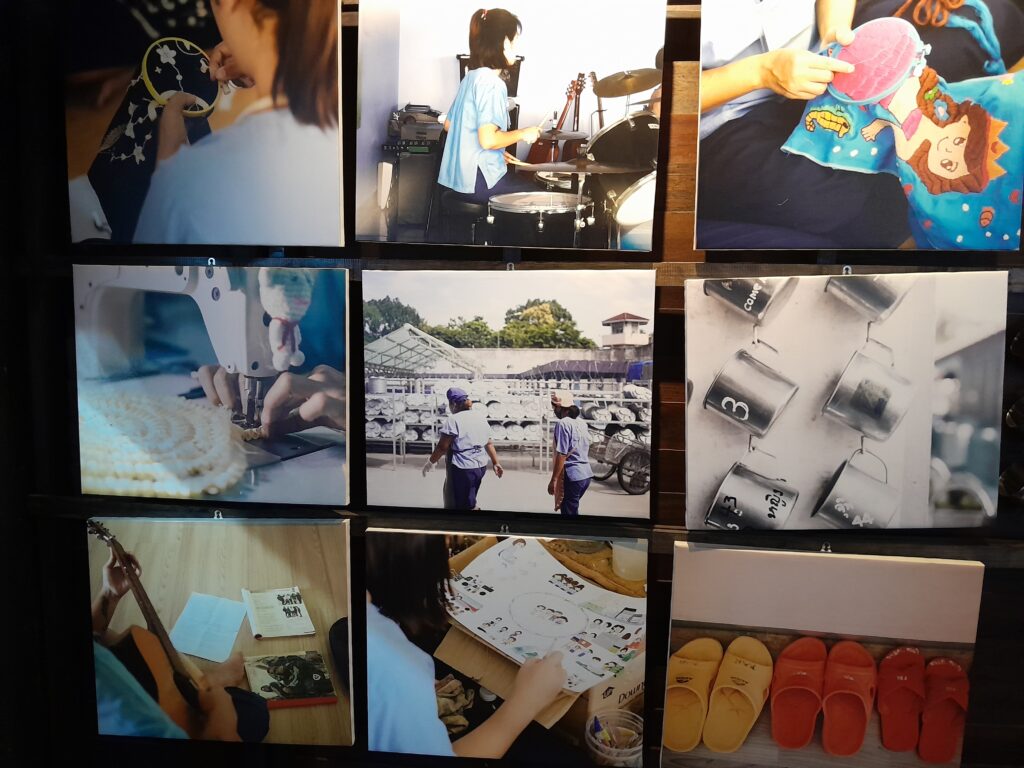
Before we left the training center, we took the time to visit the museum attached to the facility. Here we learned how HRH Princess Bajarakitiyabha started the program in order to rehabilitate women in prison. Massages aren’t the only skills they teach, women can learn traditional weaving, music, art, or manufacturing skills.
We can also learn some of the stories of how women ended up in prison. I got the impression that many women ended up there through dire circumstances, something which must have inspired the princess to start the program. Reading these stories made me particularly curious about the effects of rehabilitation programs, especially when it comes to criminals that were also victims of circumstance.
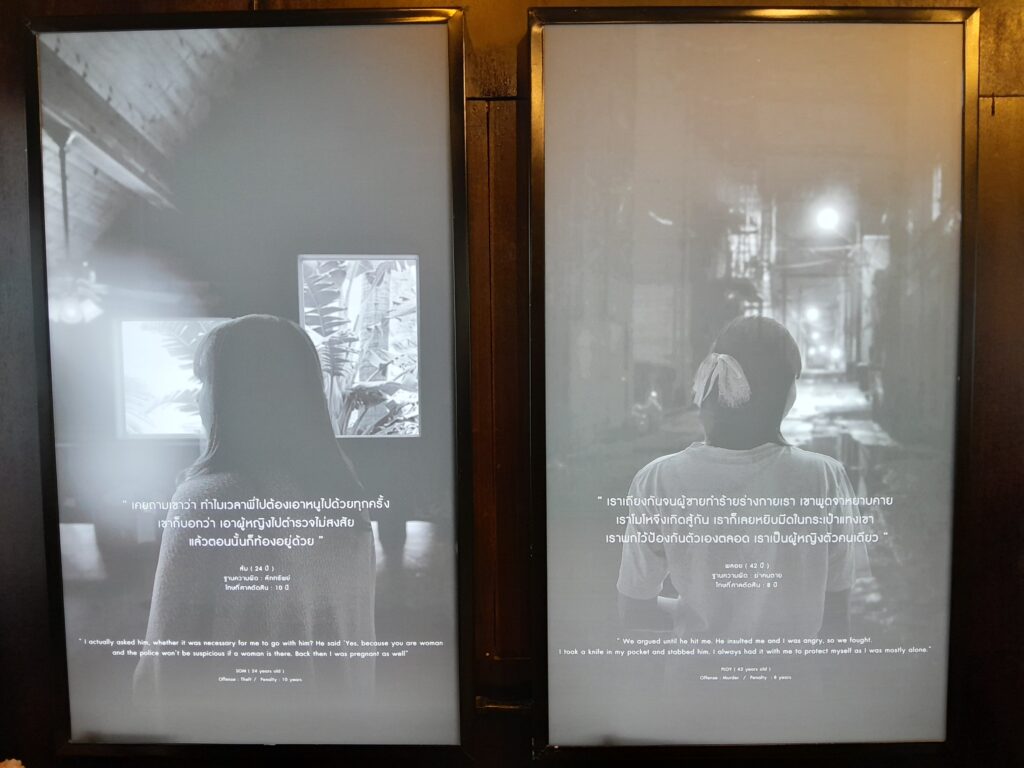
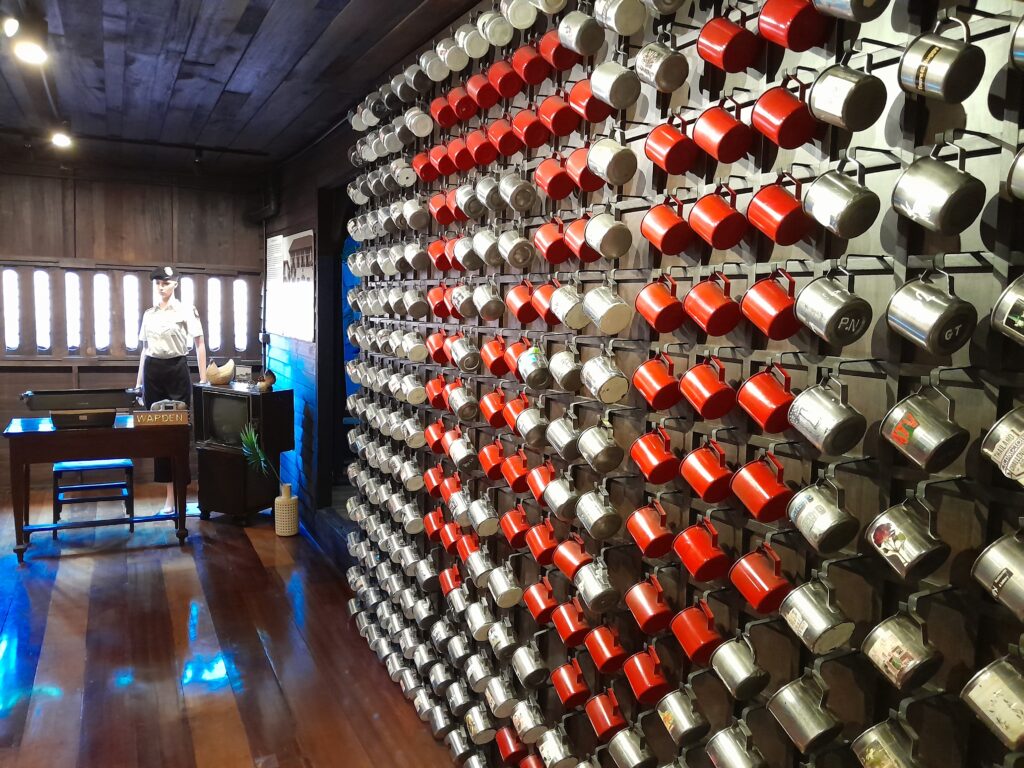
Studies done on the effects of rehabilitation are difficult to perform, due to the need for a long term study and a stable control group. Comparing two countries is difficult, since any conclusions drawn would have to take into account cultural difference.
Still, it has been attempted, such as in a paper by Gordon B. Dahl and Magne Mogstad. In this paper they compare the Norwegian system geared toward lower sentences and rehabilitation to the USA system with its high incarceration rates and focus on punishments. They note that prisoners in Norway gain more access to training and are less likely to re-offend after incarceration. They also note that “the reduction in crime is driven by individuals who were not working prior to incarceration.”
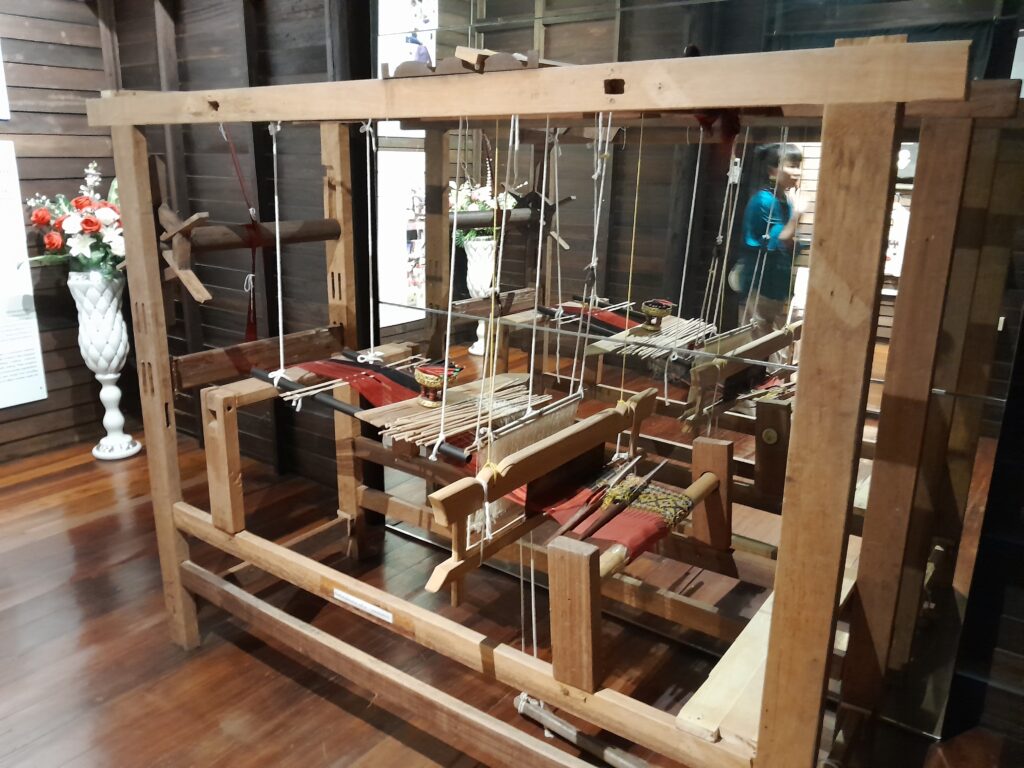
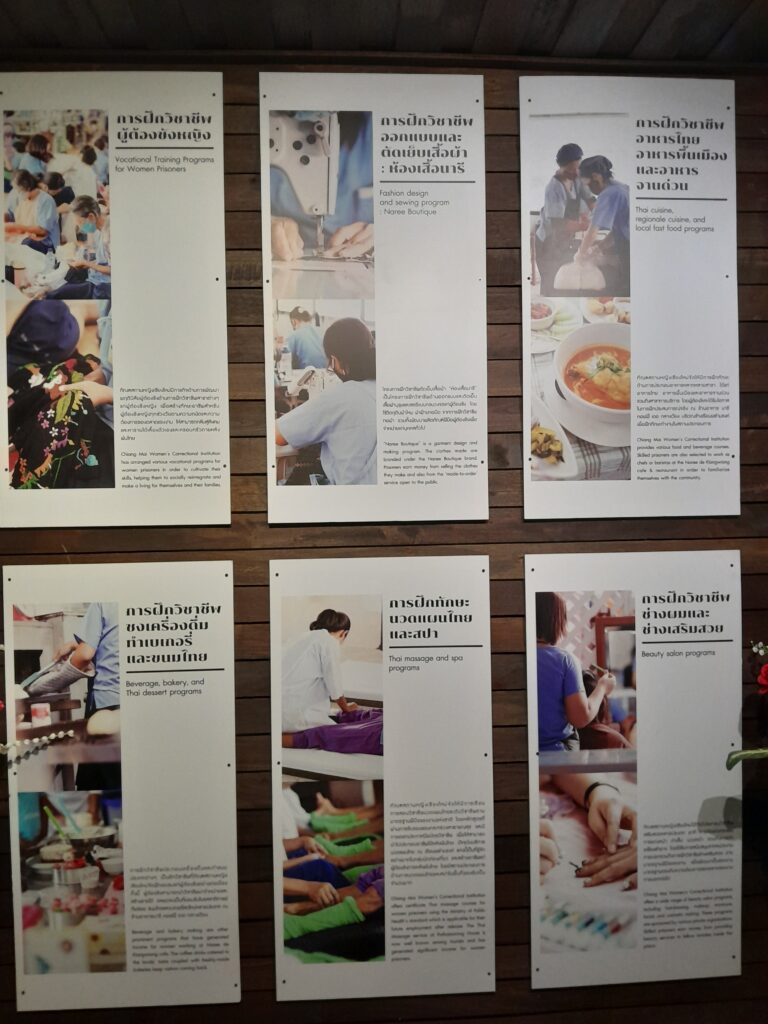
In other words, rehabilitation programs benefit people who were unable or unwilling to work before. Reading the stories of the women in the museum, it seems that these are exactly the kind of people benefitting from the program in Chiang Mai. Before prison they were trapped, after prison they at least know a trade they can use to pay their way. As in Norway, prison is getting the right people access to rehabilitation and, in theory, should reduce the chances re-offending.
How effective these programs actually are on people released from Thai prisons is difficult to determine – I’ve been unable to find any solid statistics on the subject. I’m always aware that the information presented in places like this may hold some kind of bias. But at the least it’s good to see that something is being tried. In my opinion, that’s better than just assuming that “nothing works”. I’ve always been a strong supporter of rehabilitation and, until better research proves otherwise, that’s the stance I’ll hold.




